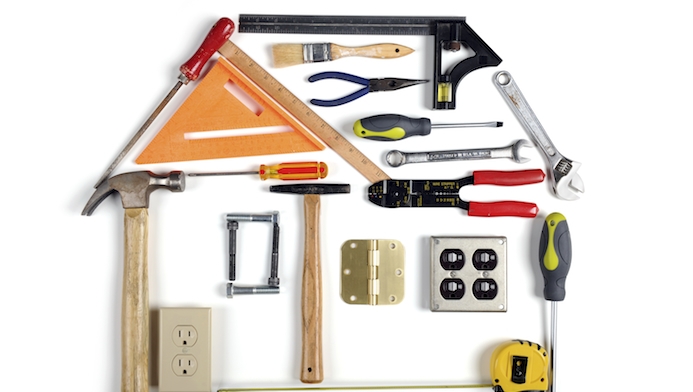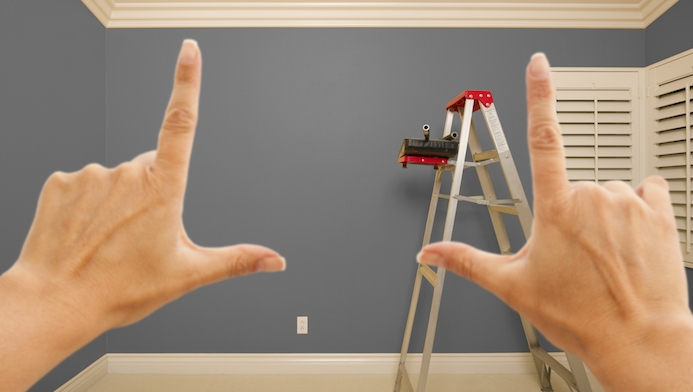Investment property maintenance mistakes
by Adam Smith
It’s the often forgotten reality when owning an investment property. People step into it excited about achieving the first notch on their property portfolio belt… but easily overlook the fact that their tenant could well be on the phone needing this or that fixed within the next day!
If you’re a home-owner, you’ll know there’s no way of avoiding those frustrating fixes that always seem to appear when cashflow is low. The reality is, in home ownership, maintenance is all part of the package, and money has to be spent. To maintain the value of your property and the rent it attracts, there is no avoiding it…
But there is a way to have at least some control over when and how you spend money on your investment property. By creating a schedule for maintenance you can help retain the value of your property and keep your budget on track.
A little planning can go a long way, as can a little money. By keeping on top of upkeep you’re setting a standard for your tenant, that this is how you want your property to be cared for. And by investing in maintenance, you’re investing in your property’s value – if it came time to sell, an up-to-date property will reap the benefits on sale day. Plus you don’t have the hassle and huge expenditure of having to update everything, including the kitchen sink, just to ensure a good sale price. The same goes for attracting a new tenant too, at the best market rental rate.
When it comes to caring for a property, it’s always assumed that owner-occupiers take better care than renters do, though if you have a good property manager you may wind up with incredibly diligent tenants. If you do, make sure you look after them as well as they look after your property. Don’t make these mistakes…
1. Under-investing in maintenance
A common approach in property investment circles is a 10-year cycle of maintenance. So, if you purchased a brand new investment property, at 10 years old it may be starting to need some maintenance on high-use areas eg. bathrooms, carpets and kitchens.
If your investment plan is to own a property and sell it after 10 years, and you neglect upkeep over that period, you’ll have a tired property when it comes time to sell. That means a substantial part of the capital gain you’ve made could be wiped off because of the deterioration of the property. Or you’ll have a big renovation bill just to get the place up to scratch for sale.
Yes, those interior updates can seem a big stretch of the budget at any point, especially if interest rates are high and rental returns low. But remember, it’s a lot more cost-effective to maintain a property and make small updates, than have to renovate one. A tile in time saves nine, so to speak.
2. Not inspecting the property regularly
People who choose to manage their own rental property rarely inspect it regularly enough, and often hardly ever. This neglect is the prime cause of the horror stories about wrecked rentals you hear about or see in the media.
The first choice might be to choose a professional property management company with robust practices and service guarantees, to look after your interests. Even then, for peace-of-mind, it might be worth accompanying your property manager on an inspection every 8th visit (2 yearly) or so.
Also, listen and respond to your property manager about maintenance they suggest. This will ensure the property is maintained to a high standard and will result in a better chance of a longer-term tenant who would pay more rent.
3. Allowing issues to fester
When a landlord allows maintenance issues to slide or insists a fix-up is done in a cheap and nasty fashion, it sets a low benchmark for the tenant and the property manager. To the tenant, it’s saying ‘I don’t really value you enough to do this properly’ and gives them the idea that you’re not too fussed about taking good care of your property. To a property manager, it gives them the message that ‘that standard is all I require from you in terms of maintenance’, which is a rather shortsighted approach to property upkeep (or a lack of). It also gives your property manager the impression they can be a bit ‘lax’ in terms of chasing up any issues with tenant or your investment property.
As an investment property owner you set the standard on how your property is maintained, through your words and more importantly your actions. If maintenance issues aren’t addressed over time, these little issues can become major problems for both the tenant and the landlord.
Like anything, getting the best return on that investment you make takes care and effort – so keep on top of things. Read up on issues other investors have faced with their properties and how they’ve dealt with them – NZ Property Investor magazine is a great source of information, along with landlords.co.nz. Or take a look at this article for some practical and easy to achieve maintenance tips.
Our Iron Bridge Property Management team is also very experienced in planning out maintenance on properties, particularly for our overseas-based investors. Feel free to have a chat to them about what maintenance would add the most value to your rental property.



